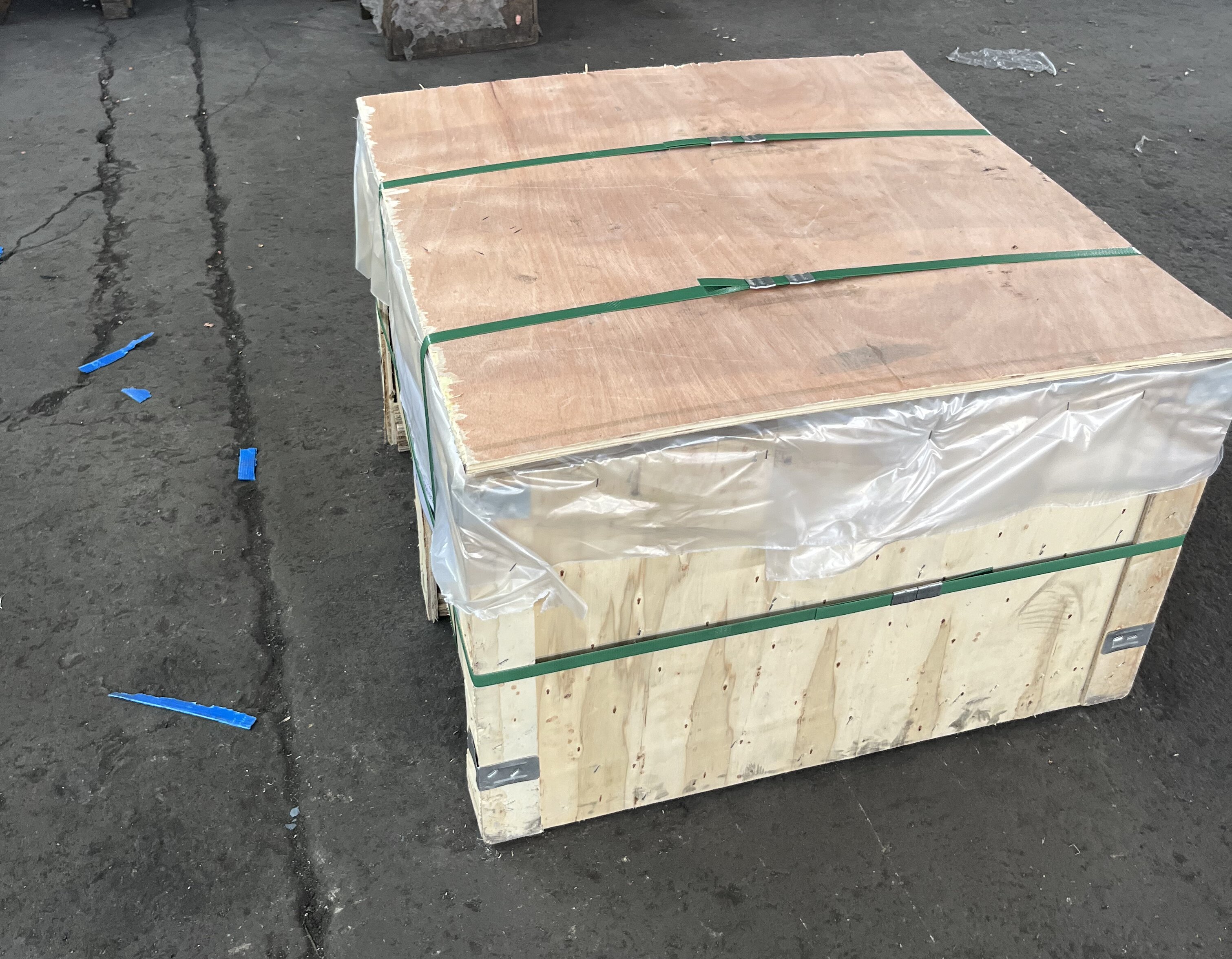-
Cangzhou Yulong Steel Co., Ltd.
-
Phone:
+86 13303177267 -
Email:
admin@ylsteelfittings.com
- English
- Arabic
- Italian
- Spanish
- Portuguese
- German
- kazakh
- Persian
- Greek
- French
- Russian
- Polish
- Thai
- Indonesian
- Vietnamese
- Zulu
- Korean
- Uzbek
- Hindi
- Serbian
- Malay
- Ukrainian
- Gujarati
- Haitian Creole
- hausa
- hawaiian
- Hebrew
- Miao
- Hungarian
- Icelandic
- igbo
- irish
- Japanese
- Javanese
- Kannada
- Khmer
- Rwandese
- Afrikaans
- Albanian
- Amharic
- Armenian
- Azerbaijani
- Basque
- Belarusian
- Bengali
- Bosnian
- Bulgarian
- Catalan
- Cebuano
- China
- China (Taiwan)
- Corsican
- Croatian
- Czech
- Danish
- Esperanto
- Estonian
- Finnish
- Frisian
- Galician
- Georgian
- Kurdish
- Kyrgyz
- Lao
- Latin
- Latvian
- Lithuanian
- Luxembourgish
- Macedonian
- Malgashi
- Malayalam
- Maltese
- Maori
- Marathi
- Mongolian
- Myanmar
- Nepali
- Norwegian
- Norwegian
- Occitan
- Pashto
- Dutch
- Punjabi
- Romanian
- Samoan
- Scottish Gaelic
- Sesotho
- Shona
- Sindhi
- Sinhala
- Slovak
- Slovenian
- Somali
- Sundanese
- Swahili
- Swedish
- Tagalog
- Tajik
- Tamil
- Tatar
- Telugu
- Turkish
- Turkmen
- Urdu
- Uighur
- Welsh
- Bantu
- Yiddish
- Yoruba

Dec . 21, 2024 06:34 Back to list
Techniques for Bending Metal Pipes Efficiently and Safely in Various Industries
Bending a Metal Pipe Techniques, Tools, and Applications
Bending metal pipes is a fundamental process utilized in various industries, including construction, automotive, and manufacturing. The ability to bend a metal pipe accurately and efficiently is crucial for creating components that meet specific design requirements. This article explores the techniques involved in bending metal pipes, the tools used in the process, and the applications that benefit from this essential skill.
Techniques for Bending Metal Pipes
There are several techniques for bending metal pipes, each suitable for different types of materials and bending requirements. The most common methods include
1. Freehand Bending This is often used for small-scale projects and involves manually bending the pipe by hand or with the help of a simple tool. While it can be less precise, it’s beneficial for quick adjustments or one-off creations.
2. Mechanical Bending This method relies on machinery to produce accurate bends. Various machines, such as hydraulic benders and rotary draw benders, can be employed. These machines use force to reshape the metal according to predetermined angles and radii.
3. Roll Bending This technique is typically used for bending larger pipes or creating curves. The pipe is passed through a series of rollers that gradually shape it into a desired arc. This is particularly useful for producing larger structural components in construction.
4. Heat Bending Heating the metal pipe before bending can make the process easier and reduce the risk of cracking or breaking. This is especially important for thicker pipes or materials that are more rigid. In this method, a torch or furnace is used to heat the material, allowing it to become more pliable.
Tools for Bending Metal Pipes
The efficiency and accuracy of bending metal pipes greatly depend on the tools used in the process. Here are some essential tools
- Pipe Benders Handheld or machine-operated, these benders offer various degrees of bending capability and can accommodate different pipe sizes. The most common types include manual benders, hydraulic benders, and mechanical benders.
bending a metal pipe

- Mandrels These are internal supports used to maintain the shape of the pipe while it is being bent, reducing the risk of distortion or collapse, particularly with thinner walls.
- Heat Sources For heat bending, tools like propane torches, induction heaters, or furnaces are used to ensure the metal reaches the desired temperature for optimal malleability.
- Measuring Tools Accurate measurements are crucial in bending processes. Tools like calipers and protractors are often used to ensure that the bends are made precisely according to specifications.
Applications of Bending Metal Pipes
The ability to bend metal pipes has far-reaching applications across numerous industries. Here are some notable examples
- Construction In the construction industry, bent metal pipes are used to create structural supports, railings, and frameworks for buildings and bridges. The strength of metal combined with precise bending techniques allows for sturdy and durable structures.
- Automotive The automotive industry employs bent metal pipes in exhaust systems, fuel lines, and chassis components. Precision bending ensures that these components fit seamlessly within the vehicle’s design while maintaining structural integrity.
- Furniture Design Designers often utilize bent metal pipes to create unique furniture pieces. The artistic possibilities are endless, as bending allows for the incorporation of innovative shapes and curves.
- Electrical Conduits Bent metal pipes are also used as conduits for electrical wiring, helping protect and route cables through structures while maintaining aesthetic appeal.
In conclusion, bending metal pipes is a crucial skill that encompasses various techniques, tools, and applications. As industries continue to innovate, the demand for precision in pipe bending will only increase. Understanding the methods and tools involved not only enhances the efficiency of the process but also inspires creativity in design and engineering solutions.
Latest news
-
ANSI 150P SS304 SO FLANGE
NewsFeb.14,2025
-
ASTM A333GR6 STEEL PIPE
NewsJan.20,2025
-
ANSI B16.5 WELDING NECK FLANGE
NewsJan.15,2026
-
ANSI B16.5 SLIP-ON FLANGE
NewsApr.19,2024
-
SABS 1123 FLANGE
NewsJan.15,2025
-
DIN86044 PLATE FLANGE
NewsApr.19,2024
-
DIN2527 BLIND FLANGE
NewsApr.12,2024
-
JIS B2311 Butt-Welding Fittings LR/SR 45°/90° /180°Seamless/Weld
NewsApr.23,2024











